
Who Should Include Red Lentils in Their Diet? Red lentils, also known as masoor dal, are not just a staple in many global cuisines; they are a nutritional powerhouse that can benefit a diverse range of people. Whether you’re a health enthusiast, a busy parent, or an athlete, red lentils can play a crucial role in your diet. This article explores the benefits of red lentils and highlights the specific groups of people who can greatly benefit from incorporating them into their meals.
Table of Contents
What Are Red Lentils?
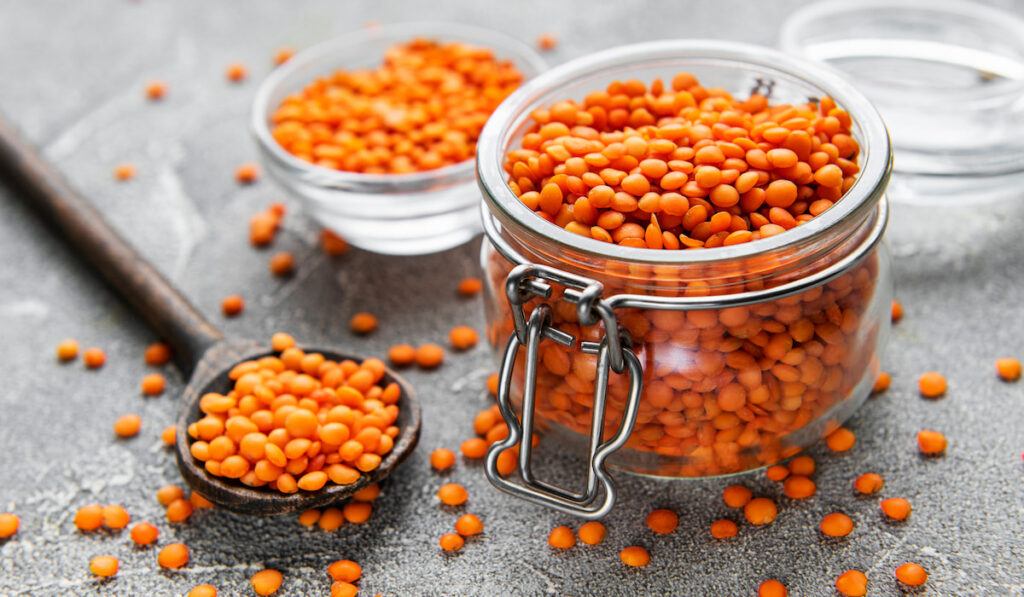
Red lentils are small, lens-shaped legumes that are typically reddish-orange when split. They cook quickly, transforming into a soft, creamy texture that can enhance various dishes. They are versatile and packed with nutrients, making them an ideal ingredient for soups, stews, salads, and even baked goods.
Nutritional Profile of Red Lentils
Before we delve into who should eat red lentils, let’s examine their nutritional benefits:
- Rich in Protein: Red lentils contain approximately 25% protein, making them an excellent plant-based protein source. This is especially beneficial for vegetarians and vegans.
- High Fiber Content: With about 8 grams of fiber per cooked cup, red lentils promote digestive health and help regulate blood sugar levels.
- Vitamins and Minerals: They are a great source of essential nutrients, including iron, folate, potassium, and magnesium, all of which are vital in maintaining overall health.
- Low Glycemic Index: Red lentils have a low glycemic index, meaning they release energy slowly, making them a good choice for those managing their blood sugar levels.
- Heart-Healthy: Their low-fat content, combined with high fiber, supports cardiovascular health.
Who Should Include Red Lentils in Their Diet?
1. Vegetarians and Vegans

For those following vegetarian or vegan diets, finding adequate protein sources can be a challenge. Red lentils are an excellent plant-based alternative to meat, offering a complete protein profile when paired with grains like rice or quinoa. Including red lentils in meals can help meet daily protein requirements while providing essential nutrients.
2. Individuals Looking to Lose Weight

If you’re trying to lose weight, red lentils can be a powerful ally. Their high fiber content helps keep you feeling full longer, reducing the likelihood of overeating. Additionally, their low-calorie count makes them an excellent option for those watching their caloric intake. A bowl of red lentil soup or a hearty lentil salad can satisfy hunger without derailing your weight loss goals.
3. Athletes and Active Individuals

Athletes and those engaged in regular physical activity need protein and energy for muscle recovery and performance. Red lentils provide the necessary protein, as well as complex carbohydrates for sustained energy. Consuming red lentils post-workout can help in muscle repair and replenish energy stores, making them a great addition to an athlete’s diet.
4. People with Digestive Issues

Red lentils are gentle on the digestive system, making them suitable for those with digestive disorders, such as irritable bowel syndrome (IBS) or constipation. The fiber content promotes regular bowel movements and supports gut health. For those who may experience discomfort with other legumes, red lentils are often easier to digest, especially when cooked until soft.
5. Pregnant Women

Pregnancy increases the demand for essential nutrients, and red lentils are a fantastic source of folate, which is crucial for fetal development. Adequate iron intake is also important during pregnancy to prevent anemia. Red lentils provide a good amount of iron and other vital nutrients that support both maternal and fetal health, making them an excellent food choice for expectant mothers.
6. Individuals with Diabetes

Managing blood sugar levels is vital for those living with diabetes, and red lentils can be an ideal food choice. Their low glycemic index means they cause a slower rise in blood sugar levels compared to many other carbohydrates. The fiber helps regulate glucose absorption, making red lentils a great addition to meals for anyone looking to manage their blood sugar levels effectively.
7. Seniors

As we age, maintaining muscle mass and bone health becomes increasingly important. Red lentils are a great source of protein that can help seniors preserve muscle strength. Additionally, the fiber content aids digestion and can help prevent constipation, a common issue in older adults. Their nutrient density supports overall well-being, making them an essential part of a senior’s diet.
8. Heart Health Advocates
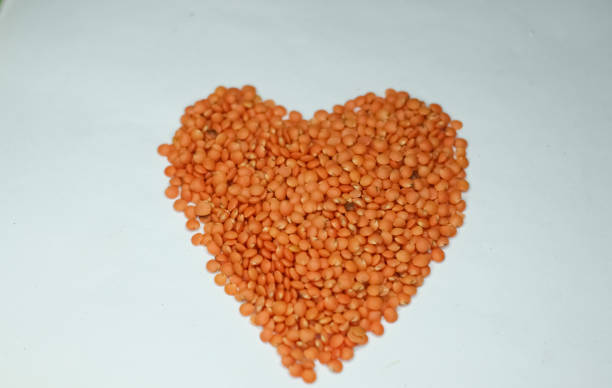
For individuals concerned about heart health, red lentils are a heart-friendly food. The combination of low fat, high fiber, and beneficial nutrients helps lower cholesterol levels and supports healthy blood pressure. The potassium in red lentils aids in blood pressure regulation, making them an excellent dietary choice for those with cardiovascular concerns.
9. Budget-Conscious Individuals

Red lentils are not only nutritious but also economical. They are relatively inexpensive compared to other protein sources, making them a great option for families on a budget. Incorporating red lentils into meals can help stretch grocery dollars while providing significant health benefits.
Creative Ways to Incorporate Red Lentils into Your Diet
Now that we know who can benefit from red lentils, let’s explore some creative ways to include them in your daily meals:
1. Lentil Soups and Stews
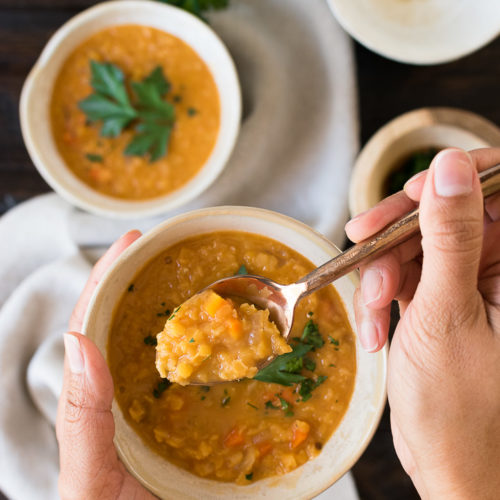
Red lentils cook quickly, making them a perfect ingredient for soups and stews. They can be easily added to vegetable or chicken soups, providing protein and fiber in a warm, comforting dish.
2. Lentil Salads
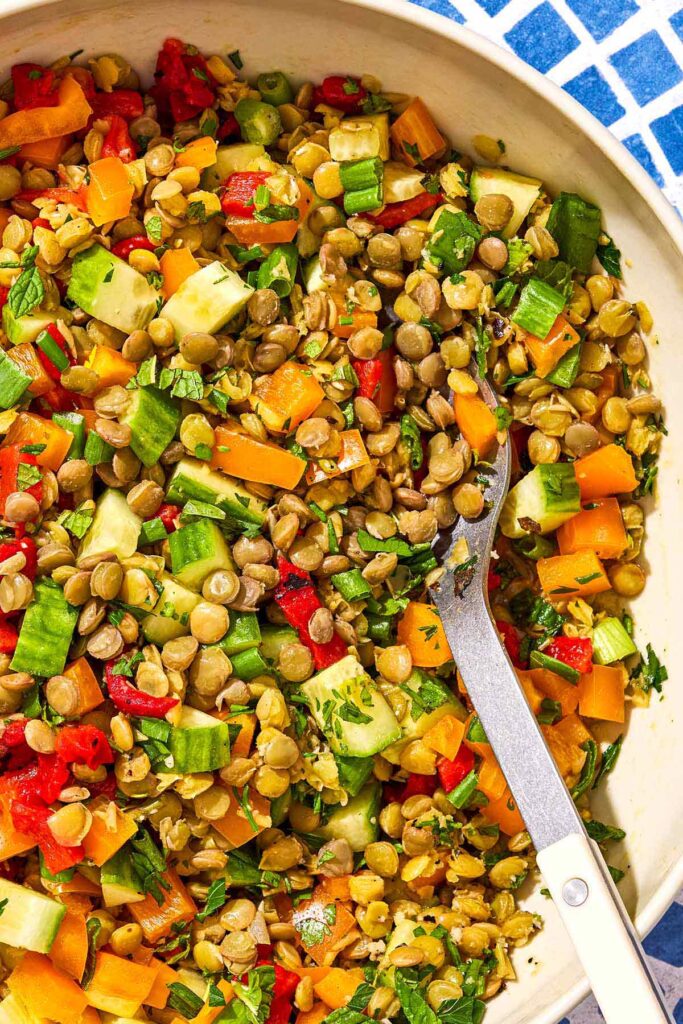
Cooked red lentils can be tossed into salads for added texture and nutrition. They pair well with fresh vegetables, herbs, and a variety of dressings, making for a filling and healthy meal.
3. Veggie Burgers

Blend cooked red lentils with spices, breadcrumbs, and vegetables to create delicious veggie burgers. These burgers are a great alternative to meat and can be grilled, baked, or pan-fried for a satisfying meal.
4. Dahl
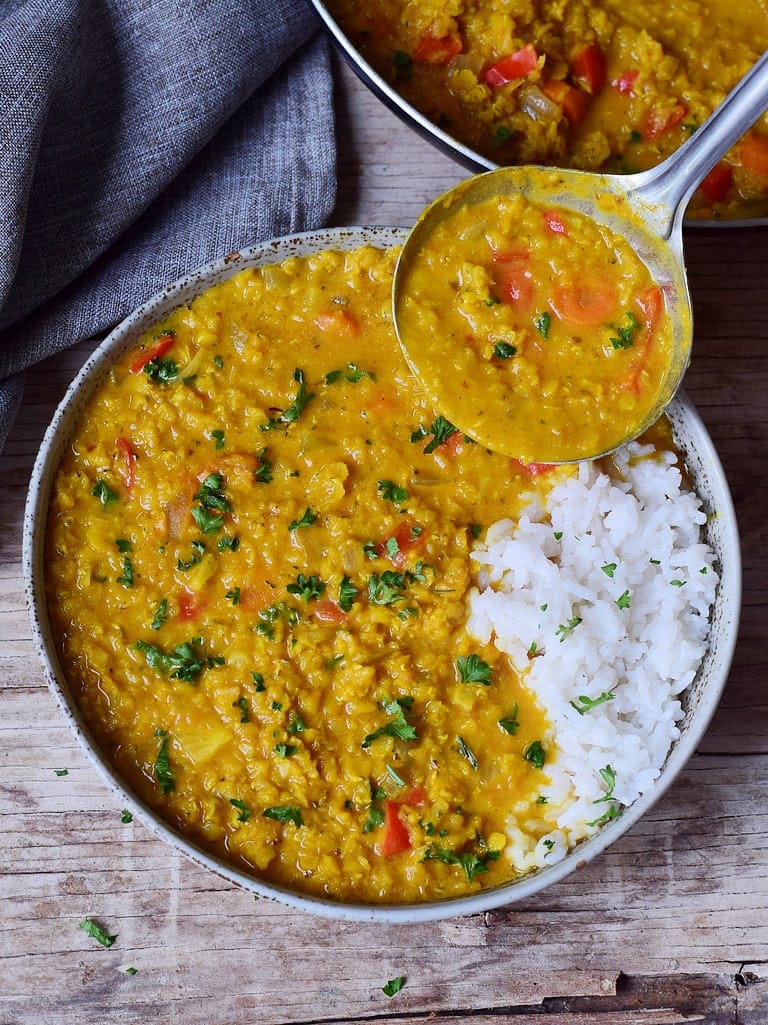
In Indian cuisine, red lentils are often used to make dal, a flavorful lentil dish cooked with spices. Serve it with rice or flatbreads for a hearty meal that’s rich in flavor and nutrition.
5. Smoothies

For a protein boost, consider adding cooked red lentils to your smoothies. They blend well and can add creaminess without altering the flavor significantly.
6. Lentil Pancakes or Fritters

Create savory pancakes or fritters using ground red lentils mixed with vegetables and spices. These make for a nutritious breakfast or snack option.
7. Lentil Pasta

For a gluten-free option, look for lentil-based pasta. This alternative provides all the benefits of red lentils while making it easy to enjoy traditional pasta dishes.
Cooking Tips for Red Lentils
To make the most of red lentils, here are some cooking tips:
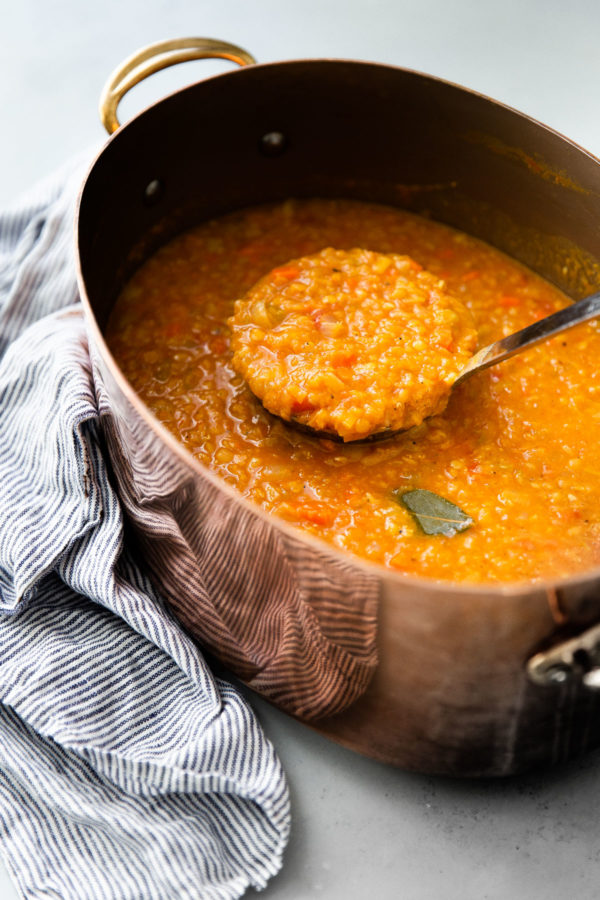
- Rinse Before Cooking: Always rinse red lentils under cold water to remove any dust or debris.
- Quick Cooking: Red lentils cook faster than other types of lentils, usually in about 15-20 minutes. Keep an eye on them to avoid overcooking.
- Flavoring: Add aromatics such as garlic, onion, or spices during cooking to enhance the flavor of your lentils.
- Storage: Store dry red lentils in an airtight container in a cool, dry place. Cooked lentils can be stored in the refrigerator for up to a week.
Conclusion
Red lentils are a versatile and nutritious food that can significantly enhance the diets of many individuals. From vegetarians to athletes, pregnant women to seniors, the benefits of including red lentils in daily meals are numerous. With their rich protein content, high fiber, and essential vitamins and minerals, red lentils are a smart choice for anyone looking to improve their health.
Incorporating red lentils into your meals is not only easy but also delicious. Whether you enjoy them in soups, salads, or as a meat alternative, you can reap the rewards of this humble legume. So, explore the world of red lentils and discover how they can fit into your lifestyle, helping you unlock a healthier, more balanced diet.

